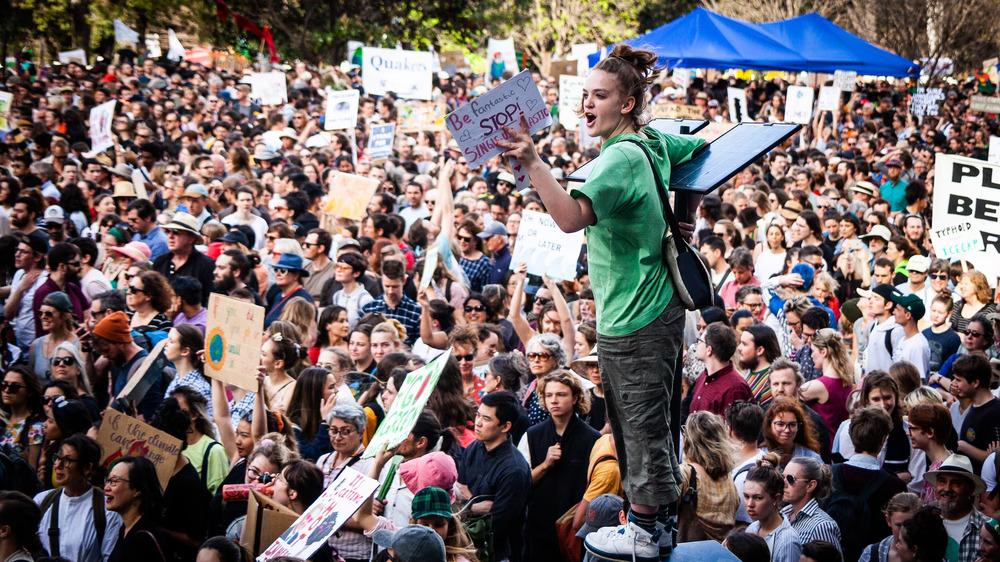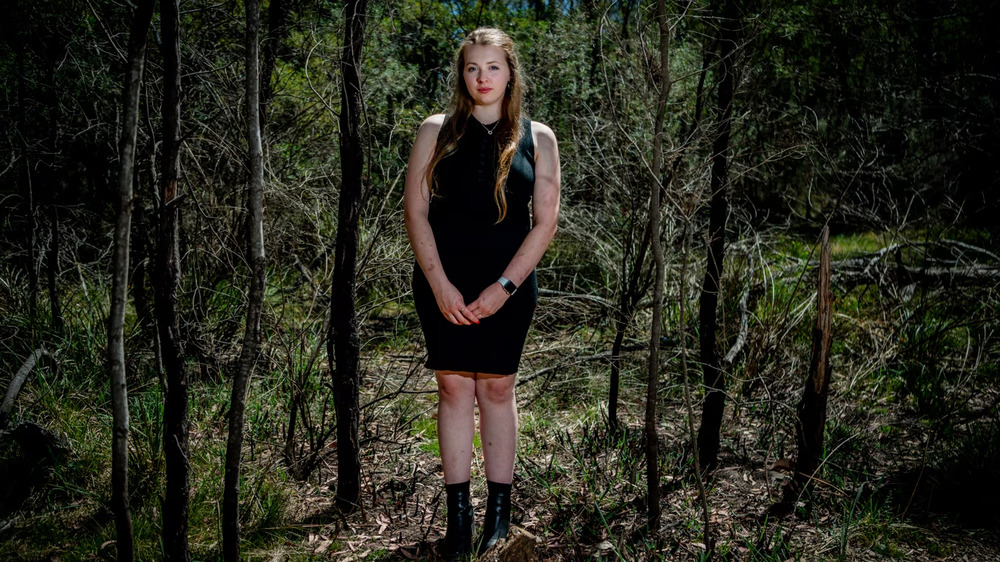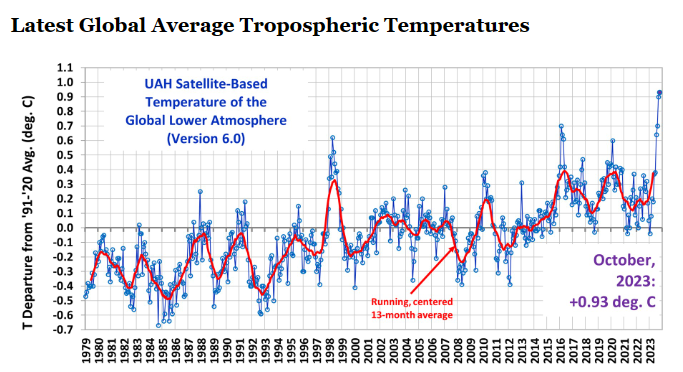We’ve had strange temperatures in Melbourne. Two cold summers in a row, and it looks like being a third one. After a long series of hot summers.
I wanted to look at warming trends, using BOM data. Thankfully, somebody has beaten me to it.
https://www.degruyter.com/document/doi/10.1515/nleng-2013-0006/pdf
I’ve known for many decades about the urban heat island. Since the 1980s if not before. By 2005, by computations, I had confirmed for Brisbane that the main culprit is air conditioners. During summer, air conditioners pump out a lot of heat into the atmosphere in keeping buildings cool. But I expected the effect of air conditioning to be smaller in Melbourne. Some other factor may predominate.
The paper quoted is titled “Melbourne urban heat island contamination of temperature
trend maps in Victoria, Australia”.
In the paper we find that temperature inceases due to the urban heat island effect are much faster than temperature increases due to global warming.
The first observation is that average yearly minimum temperatures are increasing faster than average yearly maximum temperatures, from years 1896 to 2010. At Cape Otway, average monthly maximum temperatures have been decreasing quite rapidly. Also decreasing in Echuca and Wilson’s Promentary. Yearly maximum temperatures have been rising in Ballarat and Melbourne. Overall from 1896 to 2010 there has been a slight cooling of maximum temperatures throughout Victoria rather than a rise.
Yearly minimum temperatures are rising fastest in Melbourne, much faster than in country Victoria. And this is due to the heat island effect. Similar results are expected elsewhere around Australian urban temperature rises are dominated by the urban heat island effect, rather than global warming or regional climate change.






